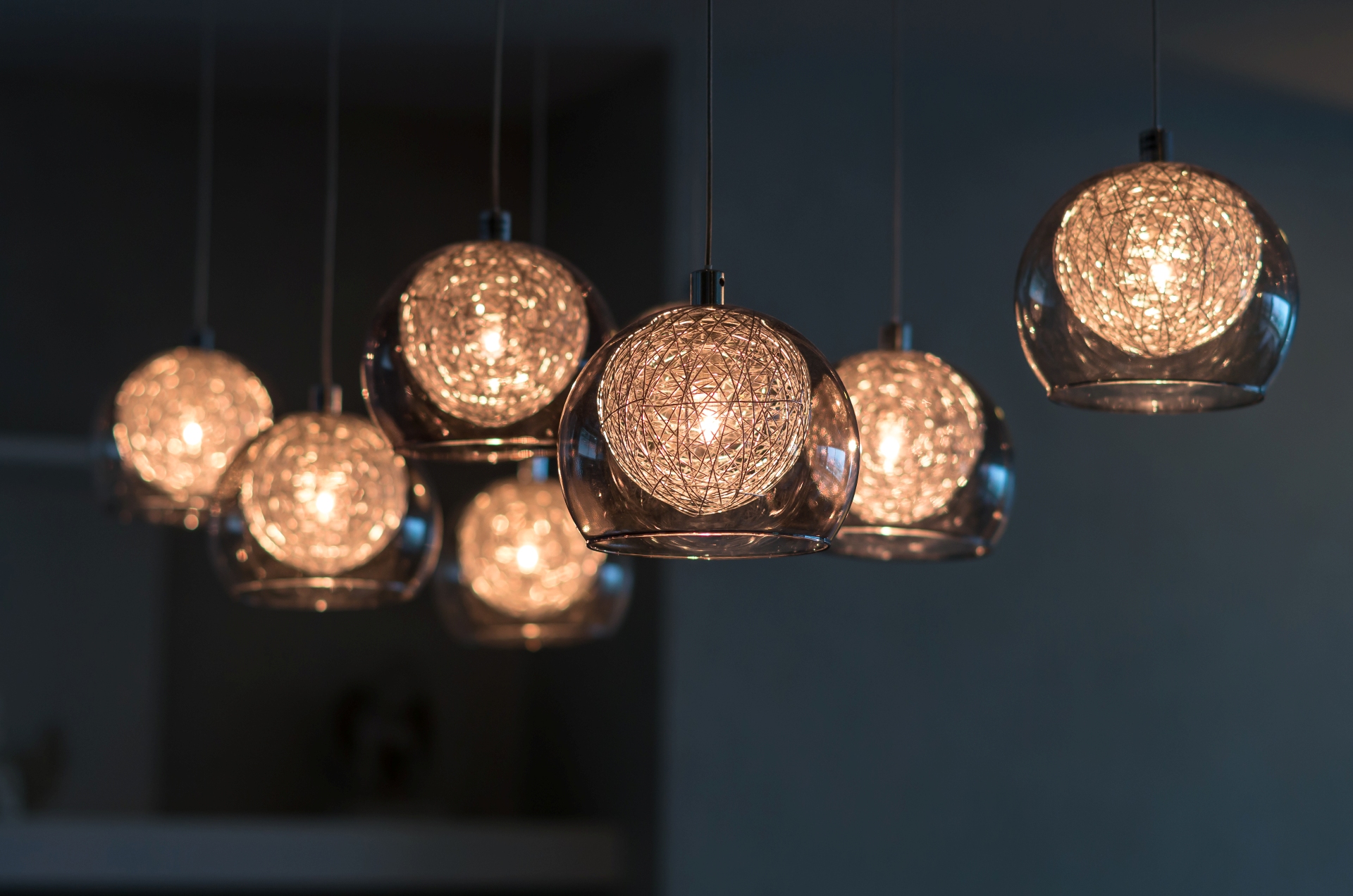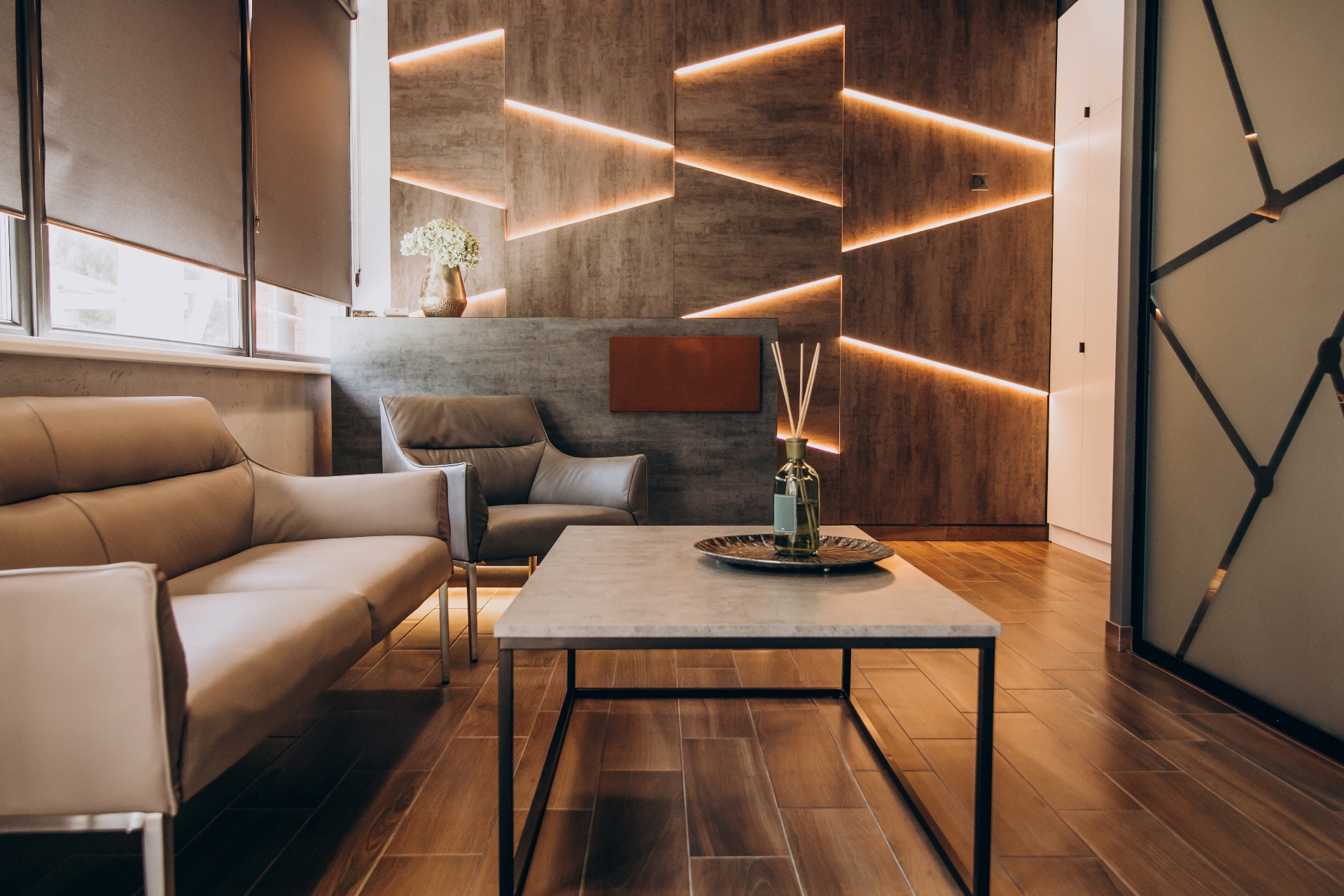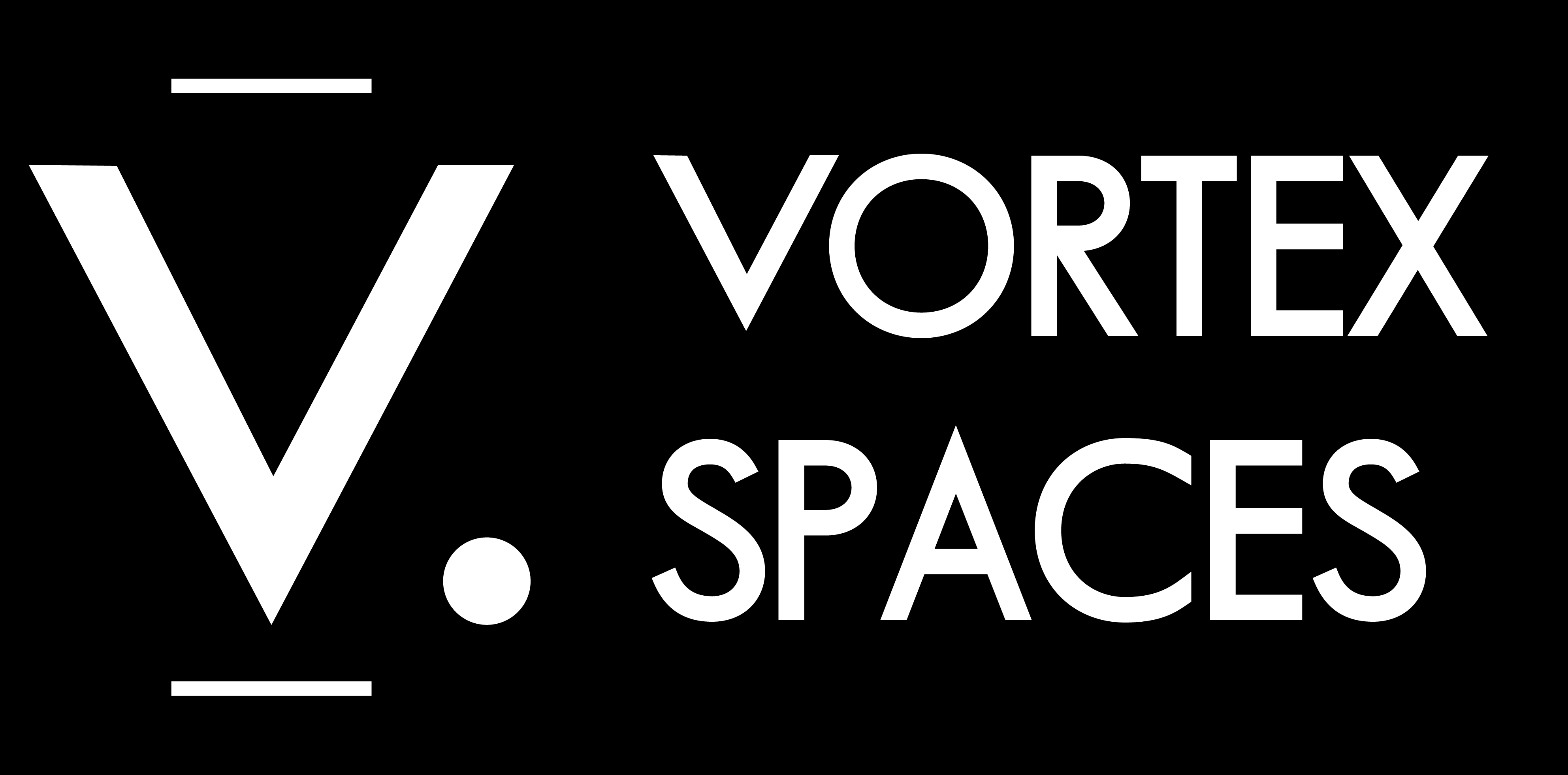
Shed A Little Light
One of the best ways to change the atmosphere, energy and flow of a room is to adjust the way light and lighting is entering, transformed and produced in the space. Lighting changes the ambience within a space and thereby transforms the mood of the entire room, as well as how people interact with the space and with other people therein.
Today, we’re going to give you some essential tips on how to use lighting to transform your space.

1. Start with a Lighting Plan
Whether you’re starting a room from scratch or redecorating, a good lighting plan will help you understand how to plot your lighting fixtures by comparing where natural light is entering in from and which areas require more lighting than others.
Something to also bear in mind is how lighting helps to highlight key zones, fixtures and architectural boundaries within the room to create a truly aesthetically pleasing space. Also remember that the primary function of your room needs to be considered when planning your lighting. Eating and resting spaces tend to lean towards the soft/low lit motif, whilst entertainment spaces or offices need to be brighter as this invigorates and lifts energy.
2. Layer Your Lighting
Remember that lighting is there to add aesthetic appeal to your space as well as serve a practical function. Therefore, take a layered approach to your lighting to give the room more space and create the illusion of wider spaces and higher ceilings. This will also depend on the type of bulbs you use. The best approach to take when layering your lighting, particularly with pendents and clustered lights such as chandeliers, is to use a bulb with low lumens, this way you’re not blinding anyone.
3. Choose Your Bulbs Carefully
It is essential that you choose your bulb carefully, whether this is related to the type of socket your light requires or the type of power grid you are set up with, your bulb plays both an aesthetic and functional role. This means looking out for things such as the number of lumens, whether the bulb creates warm, cool or incandescent light and so much more.
What is also trending these days are smart homes that operates with smart bulbs and smart light switches. Depending on what platform you are using (Google Home, Apple, Alexa, etc) you can look into using smart bulbs for your space. Some smart bulbs allow you to change the colour of the light being produced, and others may require you to see the type of warmth the bulb produces. What’s crucial to remember is that if you are using clustered lights and pendents, smart bulbs may not be effective here, so you may want to consider using a smart switch instead.

4. Light The Way
In some cases, it may be a requirement to light specific areas of a room or fixture for emergencies or safety purposes. This is often the case with stairs, hallways and emergency exits within commercial spaces, but can often be helpful in residential spaces. If you’re not sure about this, contact the Vortex Space Solutions design team and we’d be happy to help you with this.
Lighting can also be used as waypoints to guide foot traffic within specific zones, and can also be used as a great way to zone spaces within large open-plan rooms. This way traffic will naturally gravitate towards/along the more well-lit spaces such as seating areas, bar areas, patios and corridors.

5. Less Is More
Without sounding as if you’re expected to be minimalist, it’s important that you understand NOT to over-complicate your space and its lighting. Try not to use too many lights with varying levels of lumens and warmth within the same space, or with different colours and tones. This will cause a clash with the flow of energy and create a disruptive atmosphere that is not great for you or your guests.
By sticking to a clear theme or scheme, you can create a space that is unique, cohesive and allows the flow of energy throughout your space that guests will feel welcome in. It will also allow your room to feel much larger and helps to add interest and depth.



No Comments